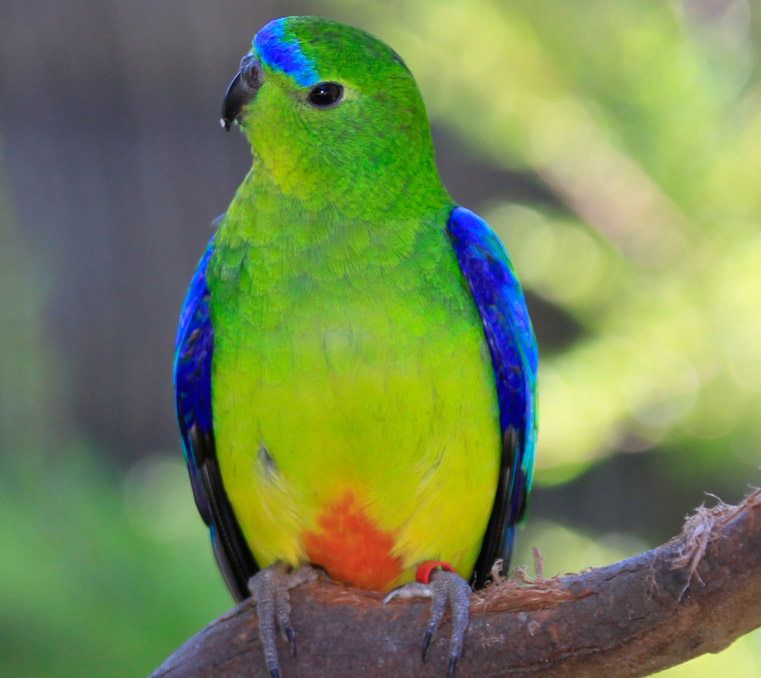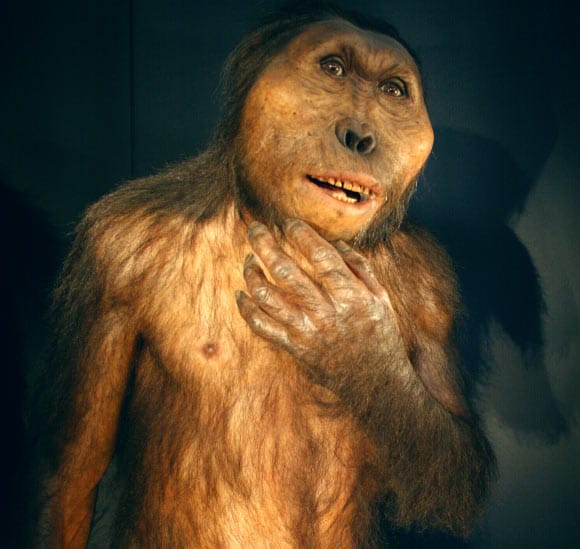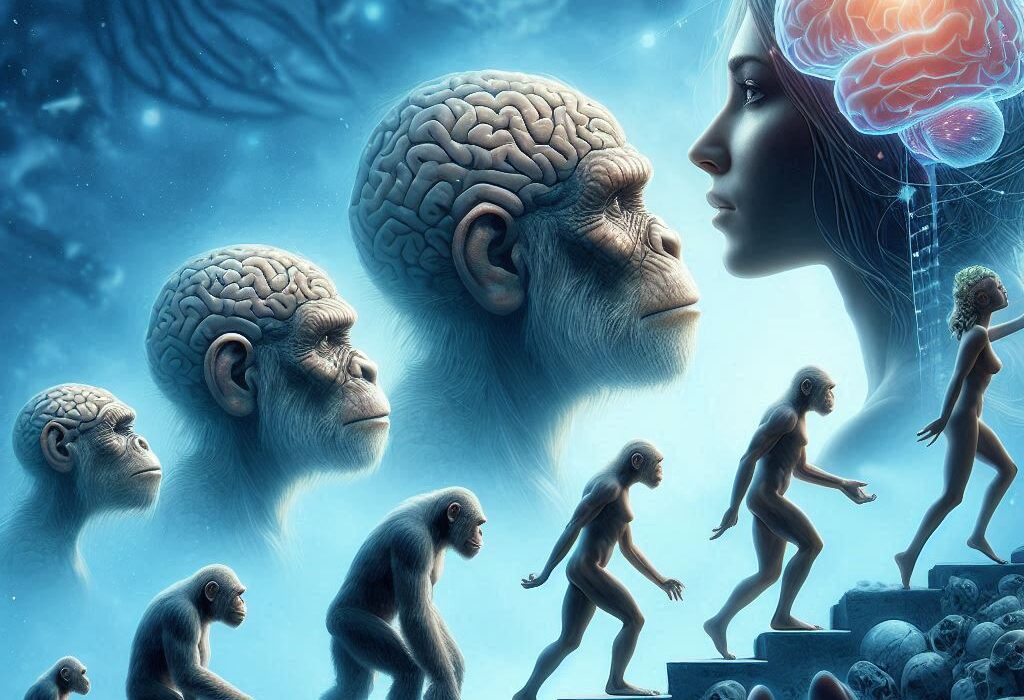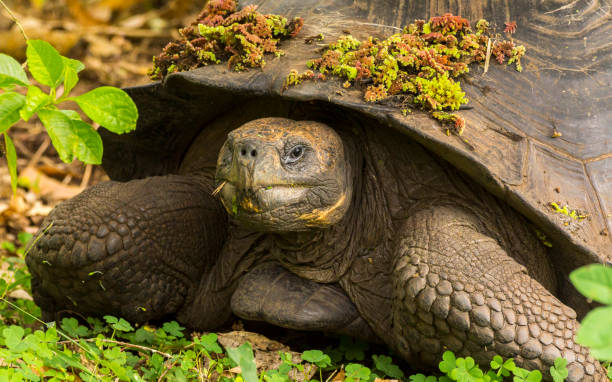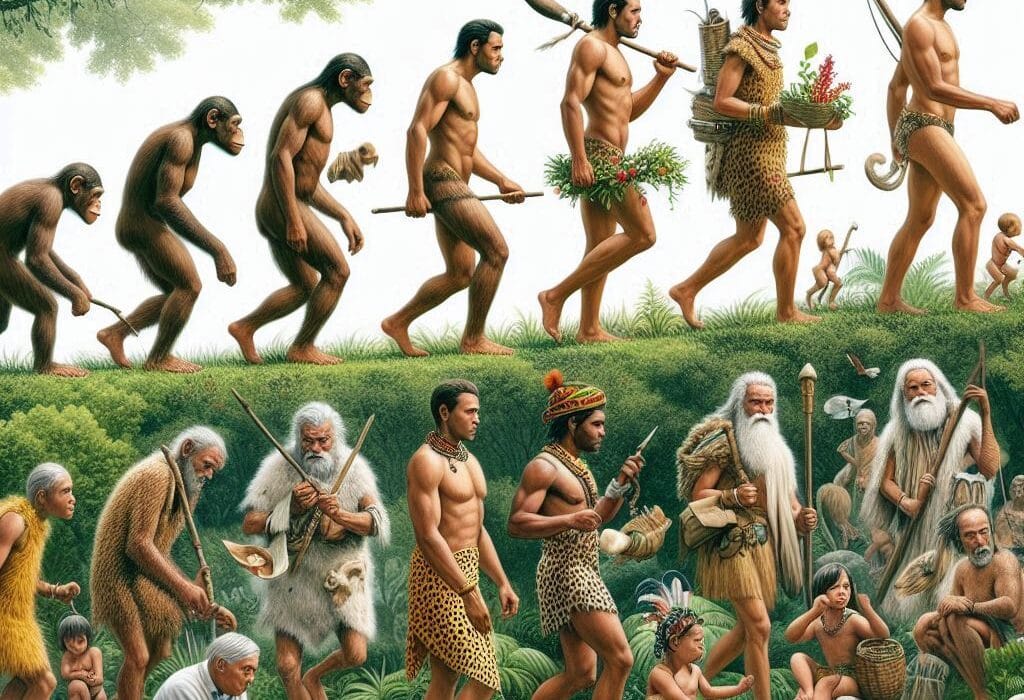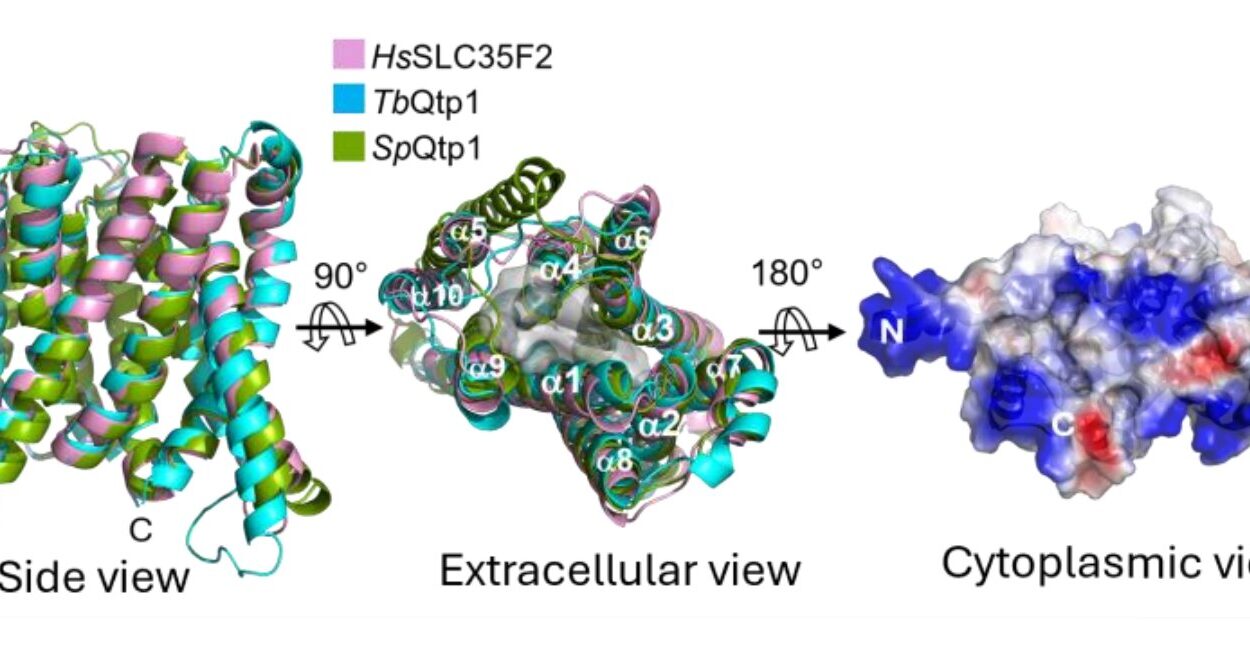In the face of rapidly declining biodiversity and the ongoing threats posed by human encroachment on natural habitats, the preservation of endangered species has never been more urgent. A group of environmental scientists from the University of Sydney, in collaboration with colleagues from the University of Copenhagen, is working on an innovative yet challenging effort to save one of Australia’s most endangered and most enigmatic creatures—the orange-bellied parrot. This small, vibrantly colored bird, known for its striking orange belly and emerald green feathers, is in dire need of conservation intervention.
The orange-bellied parrot’s migration between Tasmania and southern Australia has become increasingly perilous in recent years. Their numbers have plummeted, and a dire genetic issue has emerged, compounding the problem. In a paper recently published in Molecular Ecology, the research team highlights several potential strategies for saving the species, each with its own set of risks and uncertainties. Their insights reveal not just the precarious state of the parrot but also the broader challenge of conserving species on the brink of extinction.
The Parrot’s Decline: A Tale of Diminishing Numbers and Genetic Diversity
The plight of the orange-bellied parrot is emblematic of a broader environmental crisis that threatens species around the world. Once thriving in Tasmania and parts of mainland Australia, the population of this parrot has dwindled to a dangerously low level. It is currently classified as critically endangered, with only around 50 individuals left in the wild. The main contributors to their decline have been habitat destruction, predation by invasive species, and climate change, all of which have eroded their already limited numbers.
However, it’s not just the reduction in numbers that has scientists concerned. The orange-bellied parrot faces another existential threat: the loss of genetic diversity. The low population size has resulted in inbreeding, which in turn reduces the genetic pool available to the species. This genetic bottleneck makes the birds more susceptible to diseases, reduces their ability to adapt to environmental changes, and increases the likelihood of genetic defects. In short, without intervention, the species could disappear within the next 15 years, as their genetic makeup continues to deteriorate.
This grim situation is what has prompted researchers to explore new methods to save the parrot. The team’s goal is clear: they must somehow diversify the birds’ gene pool to ensure their long-term survival. However, the task is anything but straightforward, and the scientists are facing a number of complex challenges as they navigate the ethics and science of wildlife conservation.
The Power of Genetics: Two Approaches to Saving the Species
The two main methods that the research team has focused on to restore genetic diversity are gene-editing technology and cross-species breeding. While both ideas show potential, they are fraught with uncertainty and risk, and neither has yet proven to be a definitive solution.
1. Gene-Editing: A Double-Edged Sword
The first potential approach is the use of gene-editing tools such as CRISPR (Clustered Regularly Interspaced Short Palindromic Repeats), which has revolutionized the way scientists can alter the DNA of organisms. CRISPR technology could theoretically be used to introduce genetic diversity into the orange-bellied parrot by making targeted changes to their DNA. By editing genes to introduce traits from closely related birds, researchers could potentially help the species resist disease or adapt to environmental challenges.
The appeal of gene-editing lies in its precision. With CRISPR, scientists could potentially alter the parrots’ genes in ways that mimic natural evolution, introducing beneficial genetic traits from other members of the same species or even from other species altogether. This approach would avoid the need for introducing entirely new species into the breeding population, which could cause further complications.
However, this method also comes with significant drawbacks. The technology is still relatively new, and while it has shown success in laboratory settings, it has not been tested in wildlife conservation at this scale. There are significant concerns about unintended consequences. Editing the genetic code of a living organism is a delicate procedure, and even small errors in the process could have unforeseen and harmful effects. These could range from inheritable diseases, such as cancers, to physical defects that may only manifest after the birds are released into the wild. Moreover, the ethical implications of genetically altering a species for conservation purposes remain highly debated within the scientific community. Could such modifications cause irreversible changes to the birds’ ecological role or behavior? These are questions that have yet to be fully answered.
2. Cross-Species Breeding: The Risk of Hybridization
The second approach being considered by the research team involves cross-breeding the orange-bellied parrot with a closely related species, such as the blue-winged parrot. The idea here is to introduce genetic material from another parrot species with similar physical characteristics. In theory, this could increase genetic diversity and create healthier, more robust offspring. The blue-winged parrot, for example, is not endangered and has a more stable population, which could provide a genetic reservoir for the orange-bellied parrot.
However, this method is not without its own set of challenges. First and foremost, the risk of hybridization is a major concern. Even if the birds can mate and produce offspring, there is no guarantee that the offspring will be fertile. Hybridization can sometimes result in sterile individuals, which would defeat the purpose of trying to restore the species. Even if fertile offspring are produced, the offspring would be a hybrid, a blend of two species. This could lead to the creation of a new sub-species, one that might not have the same behavioral or ecological traits as the original species. The blue-winged parrot’s genetic contributions could dilute the orange-bellied parrot’s distinct identity, potentially leading to the extinction of the original, pure species.
Additionally, if the hybrid offspring were bred back with the original species, this could lead to a population of birds that are genetically similar to the original but still not quite the same. Such a scenario could result in the loss of the purebred orange-bellied parrot, a goal that the scientists are trying to avoid. It’s a delicate balancing act: while increasing genetic diversity is crucial, the conservationists must also preserve the parrot’s identity and unique characteristics.
The Need for Further Research
Both of the methods outlined above have promising potential, but they also come with significant risks and uncertainties. The research team from the University of Sydney and the University of Copenhagen is therefore calling for more research to explore other innovative strategies for saving the orange-bellied parrot. They emphasize that it is critical to find a solution that will not only restore genetic diversity but also ensure the survival of the species in its original form.
Moreover, the team acknowledges that conservation is rarely a straightforward task. Every species faces its own set of challenges, and the methods that work for one may not be applicable to another. In the case of the orange-bellied parrot, the task is particularly complex due to its extremely low population, limited genetic diversity, and the potential risks of each proposed intervention. Researchers are hopeful that new breakthroughs in genetics, breeding techniques, and even behavioral studies will offer more answers in the years to come.
The Road Ahead: A Long Journey of Hope and Uncertainty
The story of the orange-bellied parrot is one of hope, but also one of uncertainty. It serves as a poignant reminder of the fragility of the natural world and the profound impact that human activity has had on the planet’s biodiversity. The scientists involved in this project are facing a race against time, as the parrot’s extinction looms ever closer. They are pushing the boundaries of what is possible in wildlife conservation, exploring methods that could set new precedents for how we approach the preservation of endangered species.
While the future of the orange-bellied parrot remains uncertain, the efforts being made to save it offer hope for other species in similar peril. By advancing our understanding of genetics, breeding, and conservation science, researchers are paving the way for more informed and effective approaches to protecting the natural world. The challenge is immense, but the stakes couldn’t be higher. The fate of the orange-bellied parrot is not just a matter of saving a single species—it is a test of our ability to make a positive difference in the world of conservation.
Reference: Luke W. Silver et al, Temporal Loss of Genome‐Wide and Immunogenetic Diversity in a Near‐Extinct Parrot, Molecular Ecology (2025). DOI: 10.1111/mec.17746
